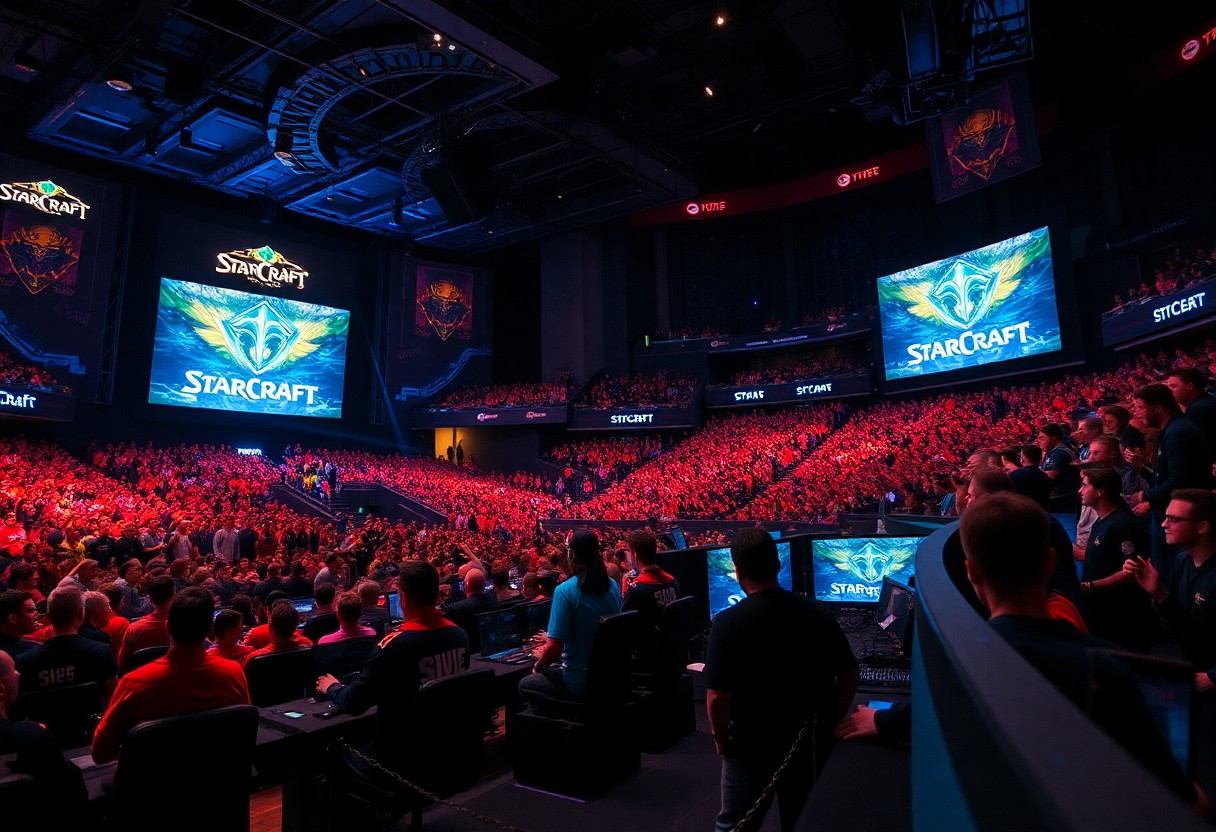Most video games struggle to maintain relevance years after their initial launch, yet Starcraft has not only survived the test of time but has thrived, becoming a cornerstone of the esports arena for decades. Released in 1998 by Blizzard Entertainment, the game transformed the landscape of competitive gaming and has influenced countless titles since. A combination of unique gameplay mechanics, a strong community, and ongoing support has solidified Starcraft’s position as an esports staple.
One of the primary reasons for Starcraft’s longevity is its depth and complexity. The game features a balanced design with three distinct factions—Terran, Zerg, and Protoss—each with its unique strategies and playstyles. This balance ensures that no single faction dominates consistently, promoting a diverse range of competitive strategies. As players engage in intricate tactics and micro-management, the skill ceiling is exceptionally high, allowing seasoned veterans to showcase their abilities while still providing newcomers with a pathway to improvement. Such depth contributes to a dynamic viewing experience for fans, making it compelling to watch high-level matches.
The professional gaming scene surrounding Starcraft began early in its lifecycle, with fans creating tournaments that would eventually grow into the massive events seen today. Its rise in South Korea, where esports blossomed into a cultural phenomenon, set the stage for a thriving competitive environment. Starcraft was pivotal in establishing the blueprint for many esports events, including the organization of professional leagues, sponsorships, and broadcasting. Major tournaments such as the GSL (Global Starcraft II League) and IEM (Intel Extreme Masters) have drawn substantial viewership, further cementing the game’s status as a leading title in esports.
Another factor contributing to Starcraft’s continued relevance is ongoing community support. Players engage in a variety of formats, from casual custom games to competitive ladder matches, ensuring that there are entry points for everyone. The modding community also flourishes, enabling the creation of custom maps and game modes that keep the experience fresh. Additionally, Blizzard has actively supported the game through balance patches and expansions, ensuring that gameplay remains fair and engaging.
Furthermore, the nostalgia factor cannot be overlooked. For many gamers, Starcraft may have been their introduction to competitive gaming, and its rich history evokes fond memories. Older players often return to the game, bringing new players along to share the experience. As a result, a cross-generational community has developed, helping to sustain the game’s popularity and ensuring a consistent viewership base.
Lastly, the evolution into Starcraft II has only helped solidify the franchise’s standing. While the sequel introduced new mechanics and polished graphics, it maintained the core elements that fans cherished. Starcraft II continues to host professional competitions, with an engaged player base that still follows the game’s competitive scene closely. This ability to adapt while respecting its roots showcases Blizzard’s commitment to the franchise and its players.
In summation, Starcraft remains an esports staple decades after its release due to its intricate gameplay, strong community, ongoing support, nostalgic value, and adaptability through its sequel. Each of these elements contributes to a compelling narrative that resonates with both old and new players alike, ensuring Starcraft will continue to be a significant player in the esports world for years to come.




